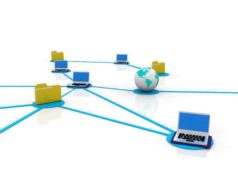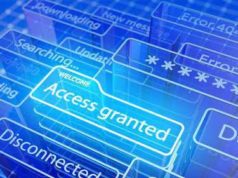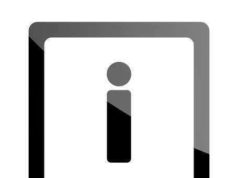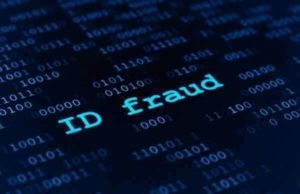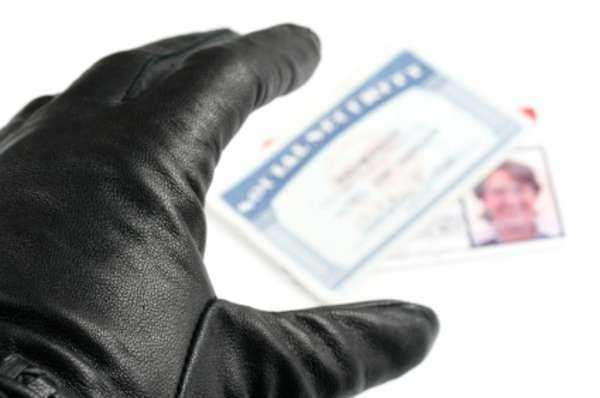
Identity theft statistics show that this crime is growing at a staggering rate and your privacy, as well as quality of life is in danger. When you realize your identity has been stolen, contact an identity theft lawyer to acquire legal advice and assistance.
STEP 1: Secure your Business or Home with Locks and Alarms:
Although a simple set, the installment of locks and alarms on your premises will deter criminals from breaking into your business or place of residence. The installment of these security measures will impede criminals from accessing your personal records or information stored on your computer. The installment of deadbolts on your external doors, alarm systems (monitored by a security company) and the installment of security films, screens, or bars on exposed windows will prevent thieves from accessing your personal information.
STEP 2: Keep your Personal Records in a Safe:
By storing your tangible records (including customer records and other financial data on paper) in safes or secured areas, you are limiting their exposure and impeding identity thieves from accessing the information. If you do not feel comfortable purchasing safe or have trouble finding storage for a bulky unit, you should store your personal information in a security deposit box at your local bank.
STEP 3: Shred your Documents:
All business records personal information containing financial numbers should never be tossed into the trash without being shredded first. If the documents aren’t shredded, a plethora of criminals and identity thieves can access the information copied on bills, financial statements, or personal documents. Numerous cases of identity theft result from mail services; anything that contains your name, address, or financial information must be shredded before they are discarded.
STEP 4: Limit Access to your Personal Computers:
All websites and online information must be protected through a unique and preferably lengthy personal password. Common passwords, such as birthdays or names, are susceptible to compromise; limit an identity thief’s ability to access your personal and financial information by utilizing a unique password.
STEP 5: Protect your Computer from Hackers:
Identity thieves, to access personal and financial information, hack into company databases and networks to usurp identities. All computers that contain financial or personal information should be protected by firewalls. These systems will help impede intruders by shutting out unauthorized users. Firewalls may be purchased at any computer store, online or in person. Additionally, a business owner may install a small router, which will contain numerous ports all blocked by firewalls to supply the user with another mechanism to dissuade identity thieves.
STEP 6: Be cautious of the Internet:
Purchasing items on the Internet through a credit card or checking account must be placed with caution; a consumer must ensure that the site they are accessing and utilizing is a secured site. Aside from various dangers, such as Spyware and viruses, unsecured sites may deliver your personal information to third parties, who in turn may usurp your information to commit egregious crimes.
STEP 7: Avoid Broadcasting Personal Information
When making purchases at retail stores or online, your personal information is often broadcasted or made tangible to various agents or other customers in the store. Although sometimes this is unavoidable, be sure to limit your personal information from exposure by developing an acute awareness. For instance, when using ATMs be sure to end your session after you have completed your transaction and close your windows or log-off after you have mad an online purchase.
7 Ways to Stop Identity Theft: Protect Yourself and Your Personal Information
Identity theft is a growing concern for individuals and businesses alike. Cybercriminals are finding new ways to obtain personal information and use it for fraudulent activities. Identity theft can lead to financial loss, damage to credit, and loss of reputatio n. However, there are effective ways to stop identity theft, protect yourself, and your personal information. Here are seven ways to prevent identity theft.
1. Use Strong Passwords and Two-Factor Authentication
One of the most effective ways to prevent identity theft is by using strong passwords and two-factor authentication. Avoid using common or easy-to-guess passwords. Use a combination of uppercase and lowercase letters, numbers, and symbols to create a strong password. Two-factor authentication provides an extra layer of security and requires a code or fingerprint to access an account.
2. Beware of Phishing Scams
Phishing scams can lead to identity theft by tricking individuals into giving away personal information. Be cautious of unsolicited phone calls or emails asking for personal information. Avoid clicking on suspicious links or downloading attachments from unknown senders.
3. Secure Your Devices and Networks
Securing personal devices and networks is vital in preventing identity theft. Use antivirus software to protect against malware and other cyber attacks. Enable firewalls, use secure networks, and avoid public Wi-Fi networks when accessing sensitive information.
4. Check Your Credit Report
Checking your credit report regularly can help detect any suspicious activity. Credit reports can be obtained from credit bureaus, such as Equifax or TransUnion. Review the report for any unauthorized accounts or activity and report any errors.
5. Shred Personal Documents
Shredding personal documents that contain sensitive information, such as bank statements and credit card bills, can prevent identity theft. Use a cross-cut shredder to ensure that the information cannot be pieced together.
6. Protect Your Social Security Number
The Social Security number (SSN) is a crucial piece of personal information and should be protected. Avoid carrying the SSN card in your wallet, and don’t give it out unless necessary. Provide the SSN only when required by law or to obtain a financial benefit.
7. Monitor Your Accounts and Activity
Monitoring accounts and activity frequently can identify any suspicious activity. Check bank statements, credit card bills, and other financial statements for any unauthorized transactions. Report any discrepancies immediately to the respective institution.
Conclusion
Stopping identity theft requires a combination of vigilance, caution, and proactive measures. Using strong passwords, two-factor authentication, avoiding phishing scams, securing devices and networks, checking credit reports, shredding documents, protecting the SSN, and monitoring accounts and activity are effective ways to prevent identity theft. Individuals and businesses must take the necessary steps to protect themselves and their personal information to avoid identity theft and its negative consequences.

